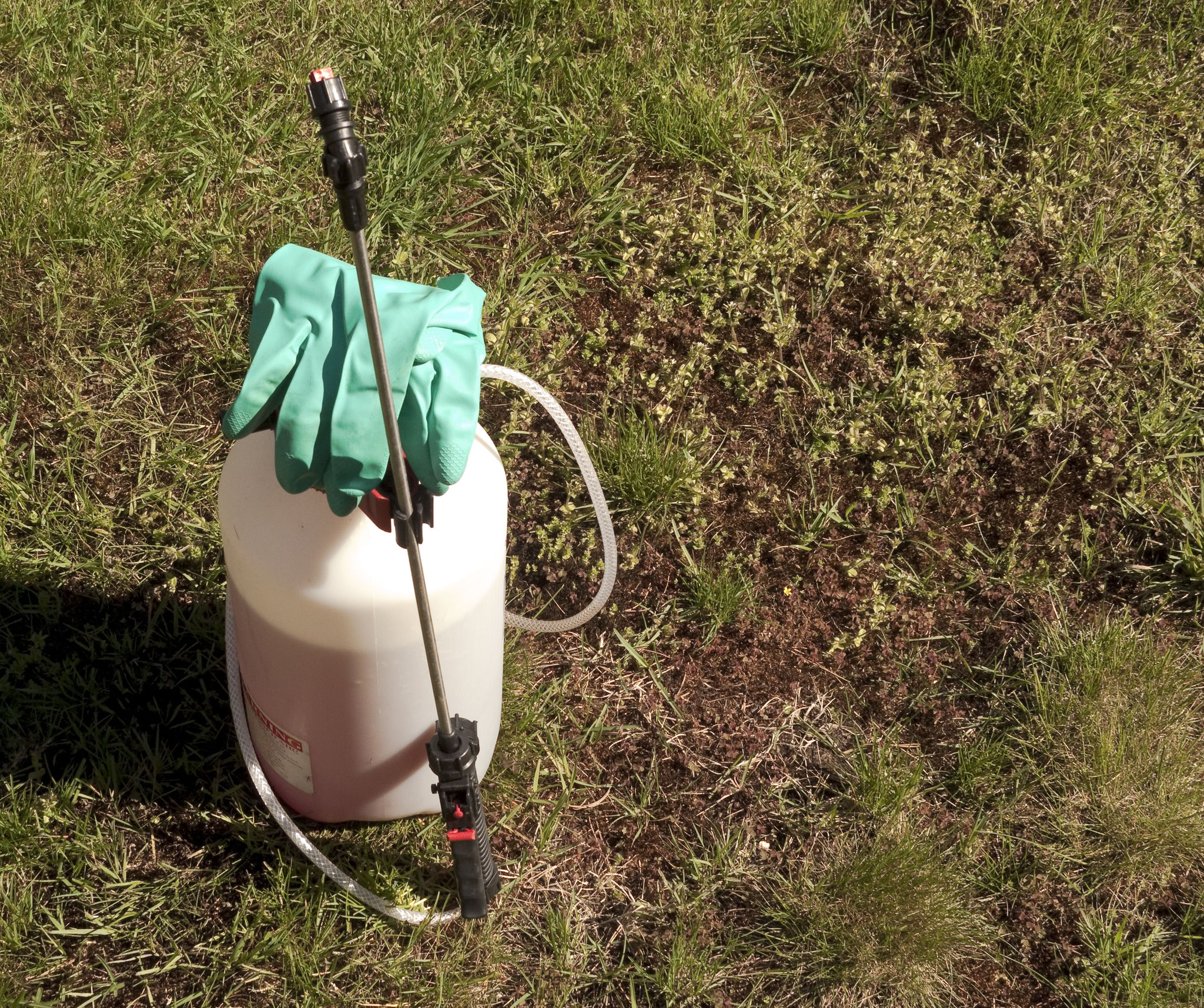Keeping Your Lawn Pristine in New Tazewell: Essential Maintenance Tips
Ac
Understanding Your Lawn's Needs
Maintaining a pristine lawn in New Tazewell requires a combination of proper care and understanding of the local climate. The region's weather patterns, including warm summers and mild winters, play a crucial role in determining the specific needs of your lawn. Consider factors such as soil type, grass variety, and seasonal changes to tailor your lawn care practices accordingly.
Knowing the type of grass that thrives in your area is fundamental to achieving a lush, green lawn. Popular choices in New Tazewell include Bermuda, Zoysia, and Fescue grasses, each with its own set of requirements. Identifying your grass type will help you implement the appropriate maintenance strategies.

The Importance of Regular Watering
Watering is a critical aspect of lawn maintenance. In New Tazewell, it's essential to water deeply and infrequently to encourage deep root growth. Early morning is the best time to water, as it allows moisture to soak into the soil before the sun's heat causes evaporation.
During dry spells, consider implementing a watering schedule that suits your lawn's specific needs. A general guideline is to provide about one inch of water per week, either from rainfall or supplemental irrigation. Overwatering can lead to shallow roots and increased susceptibility to disease, so ensure you strike the right balance.
Mowing Techniques for a Healthy Lawn
Proper mowing techniques play a significant role in maintaining a pristine lawn. Ensure your mower blades are sharp to avoid tearing the grass, which can lead to brown tips and increased vulnerability to pests. The recommended mowing height varies depending on the grass type but generally ranges from 2.5 to 3.5 inches.

Follow the "one-third" rule when mowing: never remove more than one-third of the grass blade length at a time. This practice helps maintain healthy growth and reduces stress on the grass. Additionally, vary your mowing pattern each time to prevent soil compaction and ensure even growth.
Effective Weed Control Strategies
Weeds can quickly overtake your lawn if not managed properly. Implementing effective weed control strategies is crucial for maintaining a pristine appearance. One approach is to apply pre-emergent herbicides in early spring to prevent weed seeds from germinating.
For existing weeds, spot-treat with post-emergent herbicides or manually remove them to avoid damaging surrounding grass. Consistent lawn care practices such as mowing, watering, and fertilizing will naturally deter weed growth by promoting a thick, healthy turf that leaves little room for weeds to thrive.

Seasonal Fertilization Tips
Fertilization provides essential nutrients that help your lawn thrive throughout the year. In New Tazewell, it's important to adjust your fertilization schedule based on the season. Apply a balanced fertilizer in early spring to jumpstart growth and another application in late fall to prepare for winter dormancy.
Consider using a slow-release fertilizer to provide a steady supply of nutrients over time. Always follow the manufacturer's instructions and avoid over-fertilizing, as this can lead to nutrient runoff and environmental harm.
Aeration and Overseeding for Long-Term Health
Aeration is a beneficial practice that involves perforating the soil with small holes to allow air, water, and nutrients to penetrate deep into the roots. This process alleviates soil compaction and promotes stronger root systems. In New Tazewell, fall is an ideal time for aeration, when the grass is actively growing.

Overseeding after aeration can help fill in thin areas and improve your lawn's density. Choose a seed mix that complements your existing grass type for best results. Regular aeration and overseeding will ensure your lawn remains healthy and resilient over the years.